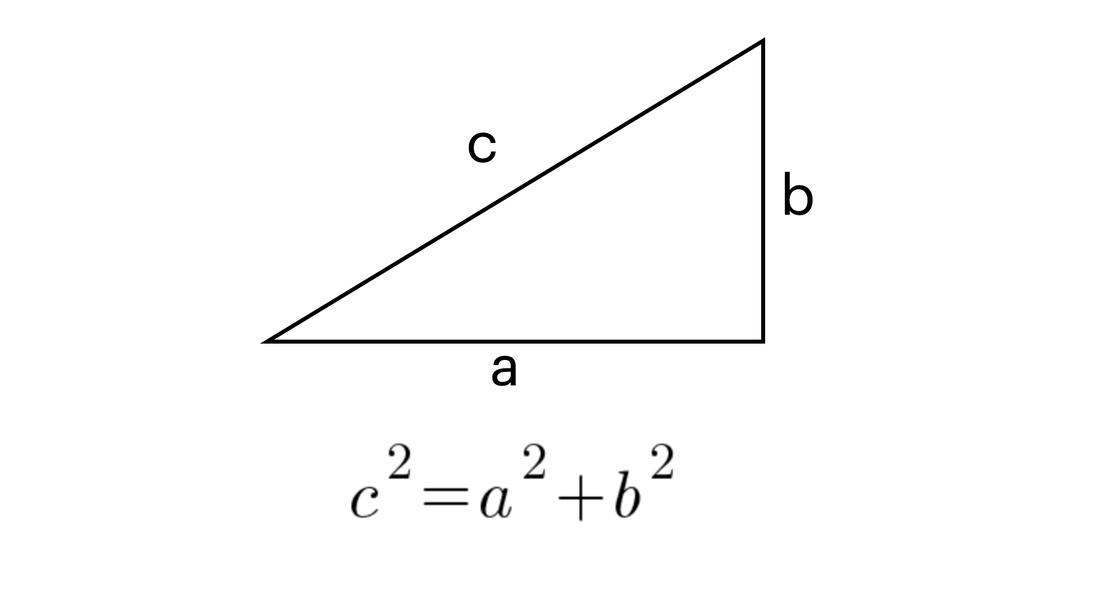River Crossing and Currents
BC has tons of rivers; before there were roads and highways, rivers were the most efficient way to get to different places. The indigenous peoples in our land used rivers quite a bit, to move through fast and efficiently.
Sometimes, they needed to simply cross a river to get to the other side. But when you are crossing a river, the current usually takes you far away from where you are supposed to go! The river may be only ten metres across, but you will end up travelling much further because of the current.
Let's do an experiment!
We will need:
Steps:
It is Winter, and the river has a moderate current.
Make a boat out of paper.
Measure how far the two river borders are (the distance between A and B).
Using the set up, place the boat on position A and turn the fan on. The fan will do the job of the river current!
Give your boat a push towards the other margin.
Put the marker C where the boat landed.
Measure the displacement -- how far is B from C?
This diagonal line is called a Hypotenuse.
You now have two sides of your triangle. The points on a shape are always represented by capital letters! To find the third side, we will use a formula!
The formula is always the same, and it is super useful.
Sometimes, they needed to simply cross a river to get to the other side. But when you are crossing a river, the current usually takes you far away from where you are supposed to go! The river may be only ten metres across, but you will end up travelling much further because of the current.
Let's do an experiment!
We will need:
- A paper boat (you can even decorate it to make it look like wood!)
- A river (container with water)
- A fan
- Meter stick
Steps:
It is Winter, and the river has a moderate current.
Make a boat out of paper.
Measure how far the two river borders are (the distance between A and B).
Using the set up, place the boat on position A and turn the fan on. The fan will do the job of the river current!
Give your boat a push towards the other margin.
Put the marker C where the boat landed.
Measure the displacement -- how far is B from C?
This diagonal line is called a Hypotenuse.
You now have two sides of your triangle. The points on a shape are always represented by capital letters! To find the third side, we will use a formula!
The formula is always the same, and it is super useful.
The sides of a triangle (or any other geometric shape) are indicated by small letters.
If you square the distance you actually travelled, it equals the square of the two sides you already know!
Find the distance you travelled - What is the Hypotenuse of this triangle?
For every inch you travel, ten minutes pass. How many minutes did it take you to travel with your boat?
It is Spring now.
The snow started to melt from the mountains and the current is stronger.
The river is also wider by 2!
Increase the fan speed to medium, to emulate the stronger current, and add 2 to your side b (from point A to point B).
Repeat the process. What was the distance you travelled now?
How much longer it took you to cross the river?
What happens in Summer time, when the current is at its highest and the river is at its widest (add 4 to original width)? Turn the fan to high to find out!
The indigenous peoples of Canada continue to be a voice for nature and for all the things around us that have no voice. Everything around us is interconnected; preserving the rivers ensures the fish population is healthy, which in turn ensures the Orca, the Bear and many other beings can be healthy and survive the winter.
If you square the distance you actually travelled, it equals the square of the two sides you already know!
Find the distance you travelled - What is the Hypotenuse of this triangle?
For every inch you travel, ten minutes pass. How many minutes did it take you to travel with your boat?
It is Spring now.
The snow started to melt from the mountains and the current is stronger.
The river is also wider by 2!
Increase the fan speed to medium, to emulate the stronger current, and add 2 to your side b (from point A to point B).
Repeat the process. What was the distance you travelled now?
How much longer it took you to cross the river?
What happens in Summer time, when the current is at its highest and the river is at its widest (add 4 to original width)? Turn the fan to high to find out!
The indigenous peoples of Canada continue to be a voice for nature and for all the things around us that have no voice. Everything around us is interconnected; preserving the rivers ensures the fish population is healthy, which in turn ensures the Orca, the Bear and many other beings can be healthy and survive the winter.

